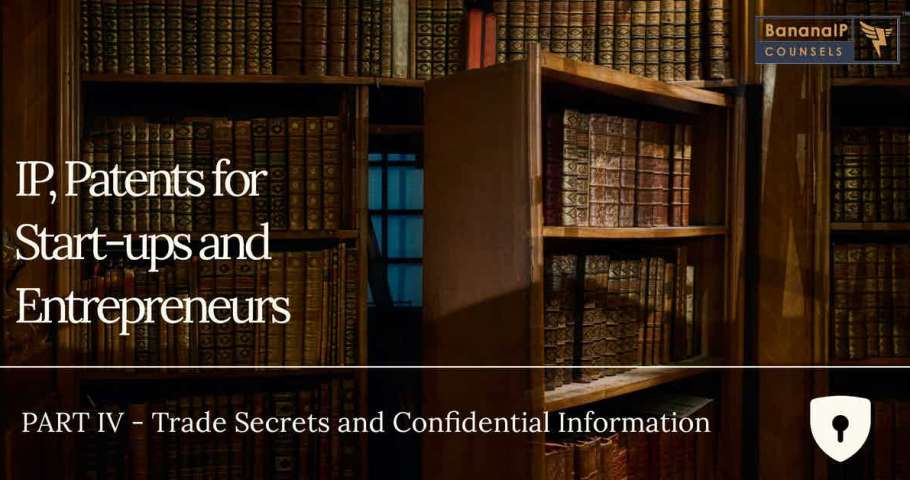Trade secrets have been in practice since long and are very different from patents. While patents require you to disclose your information in the application process that eventually becomes public, trade secrets allow you to actively keep the information secret.
The protection from patents is limited (20 years) and demands a considerable budget to maintain the patent. However, after 20 years the invention is open to public use. Trade secret protection can potentially last longer, as long as you are able…






